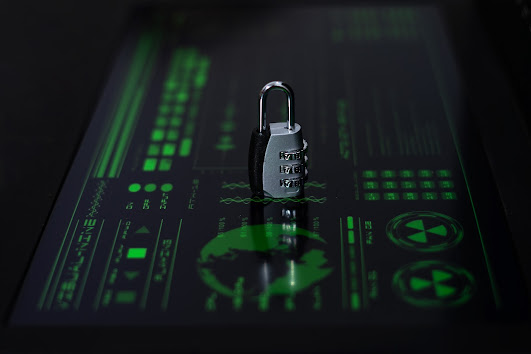As businesses continue to integrate technology into their operations, electronic waste (e-waste) has emerged as a critical environmental challenge. E-waste includes discarded electronic devices such as computers, smartphones, printers, and other equipment. Recycling e-waste is not only essential for protecting the environment but also for ensuring data security and complying with regulations. Creating a corporate recycling plan can help your business manage e-waste effectively and responsibly. Here’s how to get started.
1. Understand the Importance of E-Waste
Recycling
Electronic
waste contains toxic materials like lead, mercury, and cadmium, which can harm
the environment and human health if improperly disposed of Recycling e-waste:
- Prevents hazardous materials
from polluting soil and water.
- Recovers valuable materials
such as gold, silver, and copper for reuse.
- Reduces the demand for raw
materials, conserving natural resources.
- Helps your business comply
with e-waste regulations and improve its sustainability credentials.
2. Assess Your Business’s E-Waste
Conduct an
inventory of all electronic devices used in your business. Identify:
- Obsolete or damaged equipment.
- Devices nearing the end of
their lifecycle.
- Storage areas with unused or
outdated electronics.
Understanding
the scope of your e-waste will help you develop a tailored recycling plan.
3. Develop a Recycling Policy
A
corporate recycling policy sets the foundation for your e-waste management
efforts. Your policy should:
- Define e-waste and its
environmental impact.
- Establish goals for reducing,
reusing, and recycling electronic devices.
- Include guidelines for
responsible procurement, emphasising energy-efficient and recyclable
products.
4. Partner with Certified E-Waste
Recyclers
Work with
certified e-waste recycling companies to ensure proper disposal and recycling.
Choose recyclers that:
- Comply with local and
international e-waste regulations.
- Provide documentation and
certifications for recycled items.
- Offer data destruction
services to protect sensitive information.
5. Implement Data Security Measures
Before
recycling electronics, ensure all data is securely erased. Implement these
steps:
- Use professional data wiping
software.
- Partner with recyclers
offering certified data destruction.
- Train employees on securely
handling and decommissioning devices.
6. Educate and Engage Employees
Involve
your team in e-waste recycling efforts. Provide:
- Training sessions on
identifying e-waste and proper disposal methods.
- Accessible recycling bins for
small electronics like batteries and chargers.
- Incentives for employees to
participate in recycling initiatives.
7. Monitor and Report Progress
Track your
e-waste recycling efforts to measure success and identify areas for
improvement. Regularly:
- Audit your e-waste inventory
and recycling rates.
- Share progress with
stakeholders through sustainability reports.
- Update your recycling plan to
incorporate new technologies and best practices.
8. Explore Upcycling and Donation Options
Not all
electronics need to be recycled immediately. Consider:
- Donating functional devices to
schools, charities, or community organisations.
- Upcycling old equipment for
use in other parts of your business.
- Refurbishing and reselling
devices to extend their lifecycle.
Conclusion
Developing
a corporate e-waste recycling plan is a vital step toward
sustainable business practices. By understanding the impact of electronic
waste, creating a clear policy, and engaging with certified recyclers, your
business can reduce its environmental footprint, safeguard data, and contribute
to a circular economy. Start today to make a positive impact for your company
and the planet. Ecogreen IT Recycling provides free and secure computer
recycling and IT disposal solutions all around the UK.
.jpg)

Comments
Post a Comment